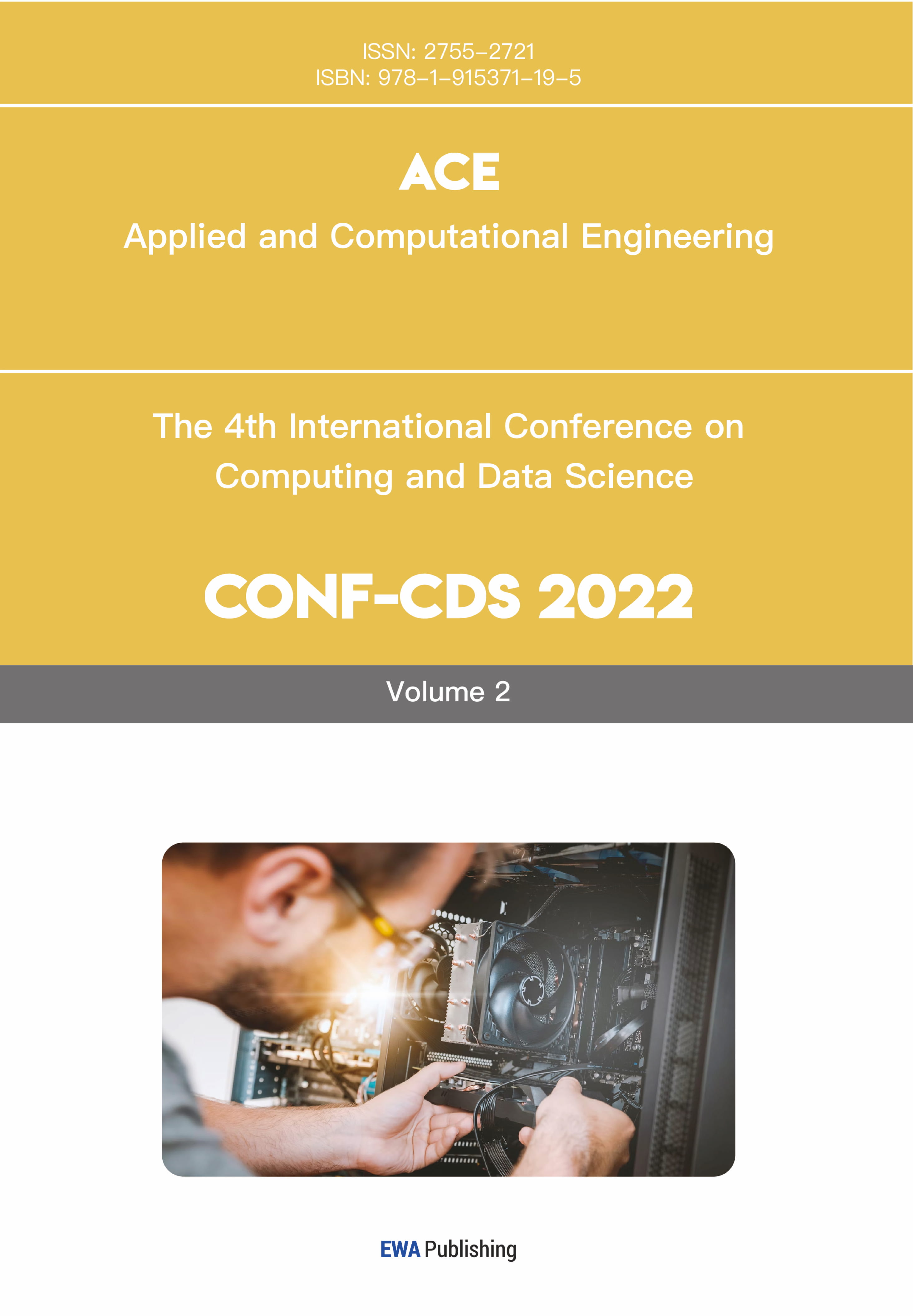References
[1]. Han, Kai , et al. "A Survey on Vision Transformer." (2020).
[2]. Liu, Ze , et al. "Swin Transformer: Hierarchical Vision Transformer using Shifted Windows." (2021).
[3]. Zhu, Xizhou , et al. "Deformable DETR: Deformable Transformers for End-to-End Object Detection." (2020).
[4]. Kang, Beom Jin , et al. "A survey of FPGA and ASIC designs for transformer inference acceleration and optimization." Journal of Systems Architecture 155(2024).
[5]. Mutlu, Onur , S. Ghose , and R. Ausavarungnirun . "Recent Advances in Overcoming Bottlenecks in Memory Systems and Managing Memory Resources in GPU Systems." (2018).
[6]. Xu, Qiumin , H. Jeon , and M. Annavaram . "Graph processing on GPUs: Where are the bottlenecks?." IEEE International Symposium on Workload Characterization IEEE, 2014.
[7]. Mao, Jiachen , et al. "TPrune: Efficient Transformer Pruning for Mobile Devices." ACM Transactions on Cyber-Physical Systems 5.3(2021): 1-22.
[8]. Lu, Siyuan , et al. "Hardware Accelerator for Multi-Head Attention and Position-Wise Feed-Forward in the Transformer." (2020).
[9]. Ruay-Shiung, et al. "A green energy-efficient scheduling algorithm using the DVFS technique for cloud datacenters." Future generations computer systems: FGCS (2014).



